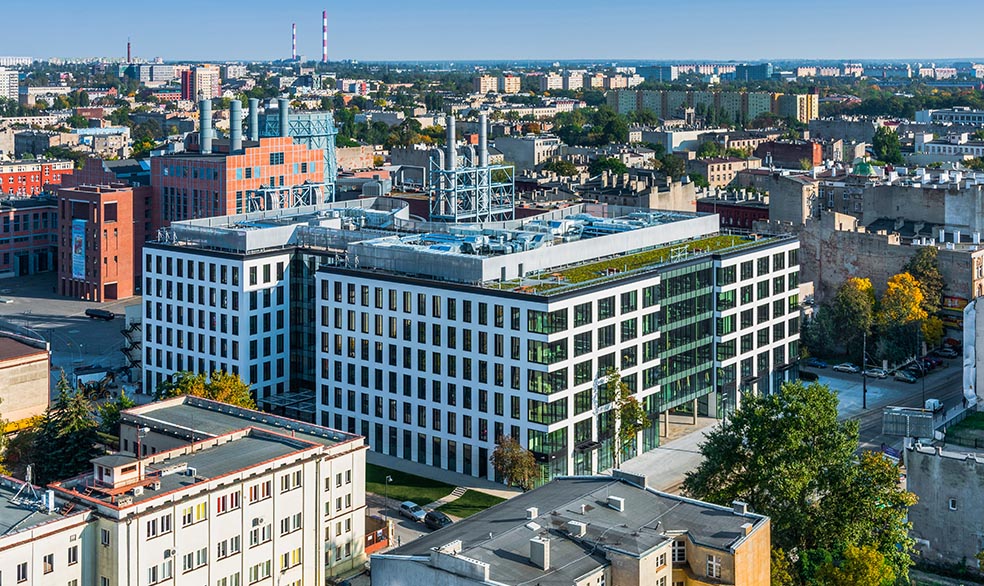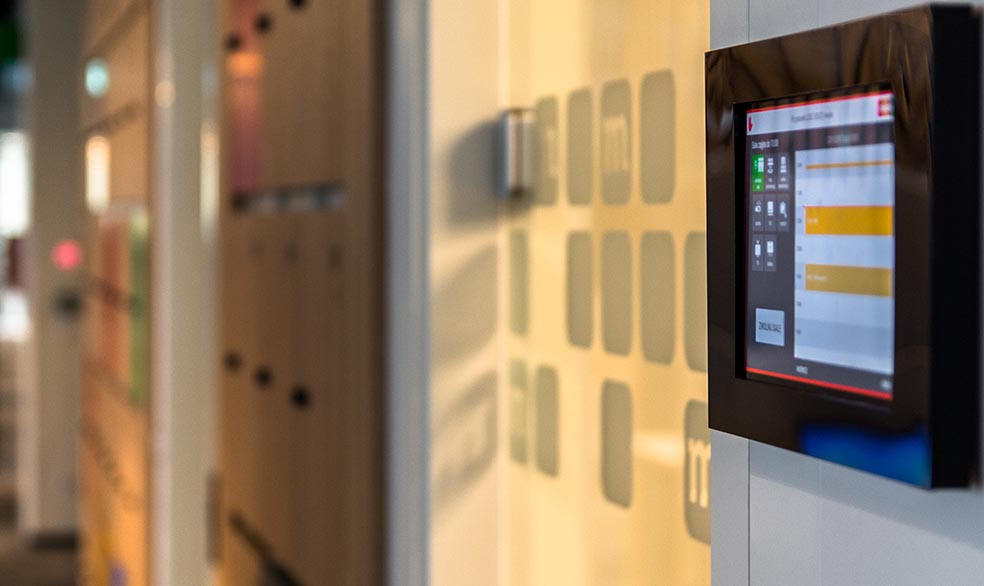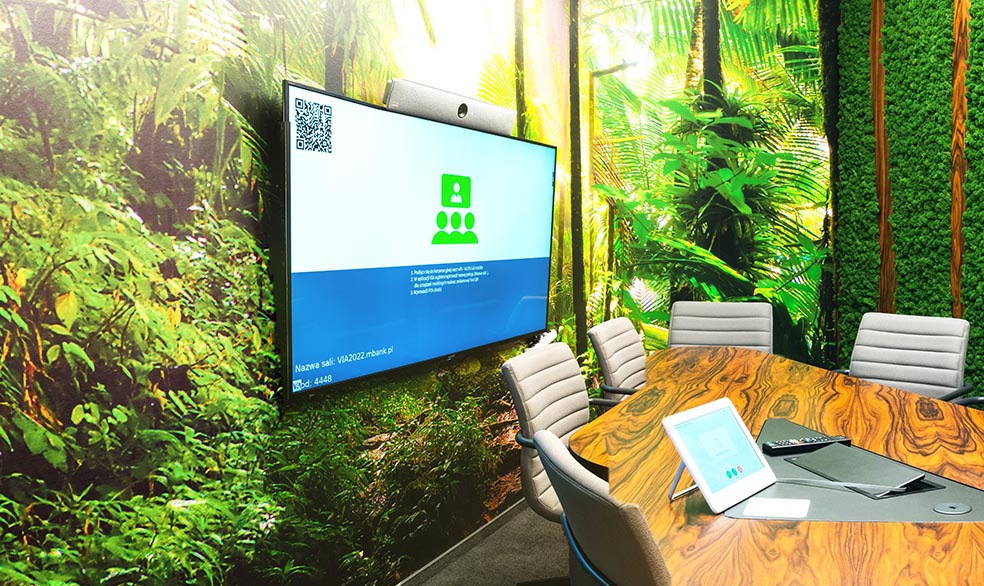GOOD PRACTICE:
In 2017, we finalised the construction of Przystanek mBank in Łódź, which is located just a 5-minute walk from the Łódź Fabryczna railway station. Therefore, our employees do not use company vehicles so frequently as before when they take business trips to Łódź and on the route Warsaw/Łódź. Additionally, we have started working on placing charging points for electric cars on the premises of Przystanek mBank.




